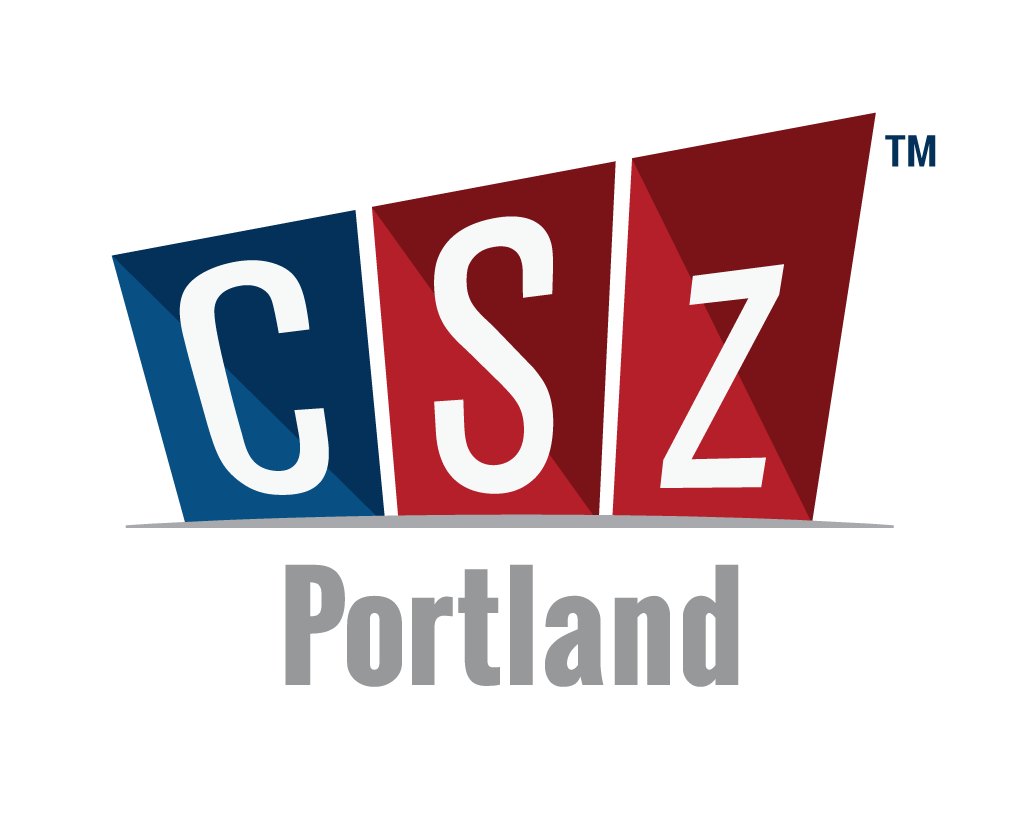From Enemy to Ensemble
/Written the day before the 2016 Election; exhausted from the tumult. Is there any way that improvisation could help save our national discourse?
Jonathan Rossing is the Chair of Communications Studies at Gonzaga University, in Spokane, WA. He's also a ComedySportz player, formerly with CSz Indianapolis. His recent article in the Gonzaga Bulletin helped me answer this question - with a yes, of course.
Are we listening at all? Just waiting to speak? Listening for ammunition? or Listening to understand?
"If we commit to a “Yes and” ethic, we might start to discover ways to build consensus and to cooperate rather than simply standing toe-to-toe shouting “No!” It may challenge us to say “Yes” in moments of intense disagreement where we’ve been trained to see nothing but an impasse. Yes does not mean whole-hearted agreement; instead it signals one’s willingness to honor an idea, to give it space to be heard. “And” signals a commitment to add something new that builds on the previous idea. It doesn’t mean we forfeit all our needs and values, but it calls us to the challenging work of respectful cooperation, collaboration and listening."
We need to bring Yes, And into all parts of our lives. It may be easiest to start at work, yet it may be even more valuable elsewhere.
Here's a link to the full article: From Enemy to Ensemble



